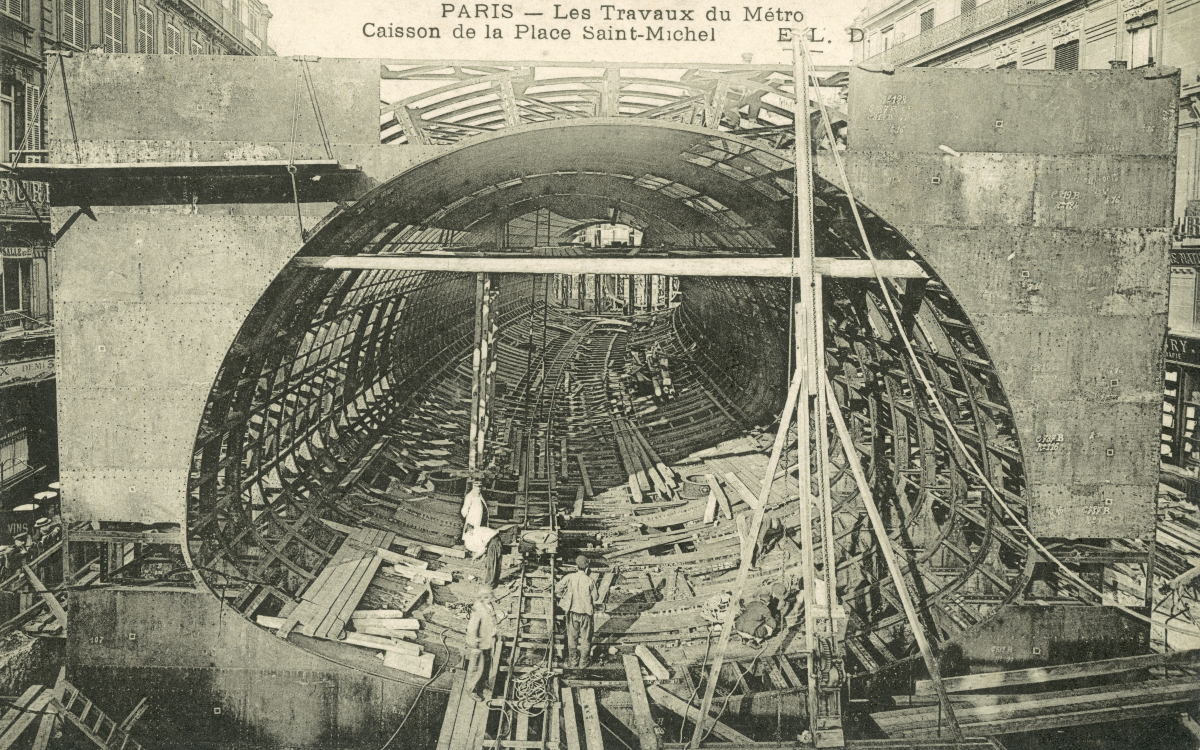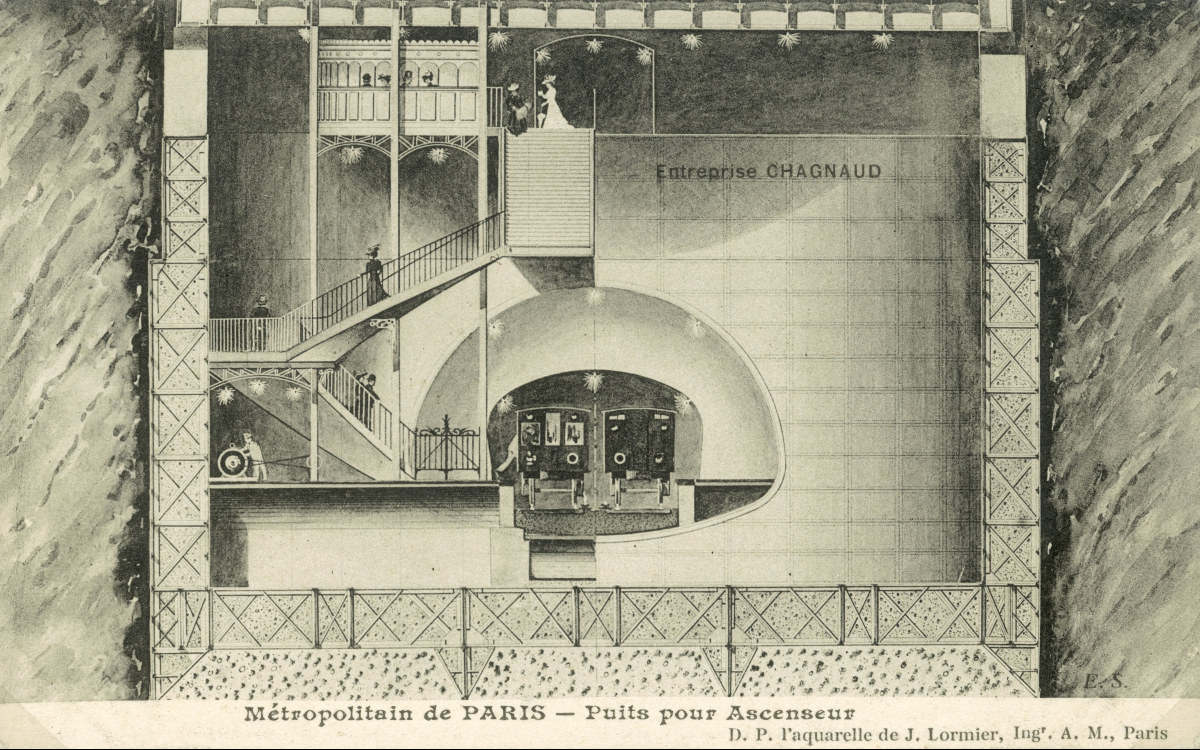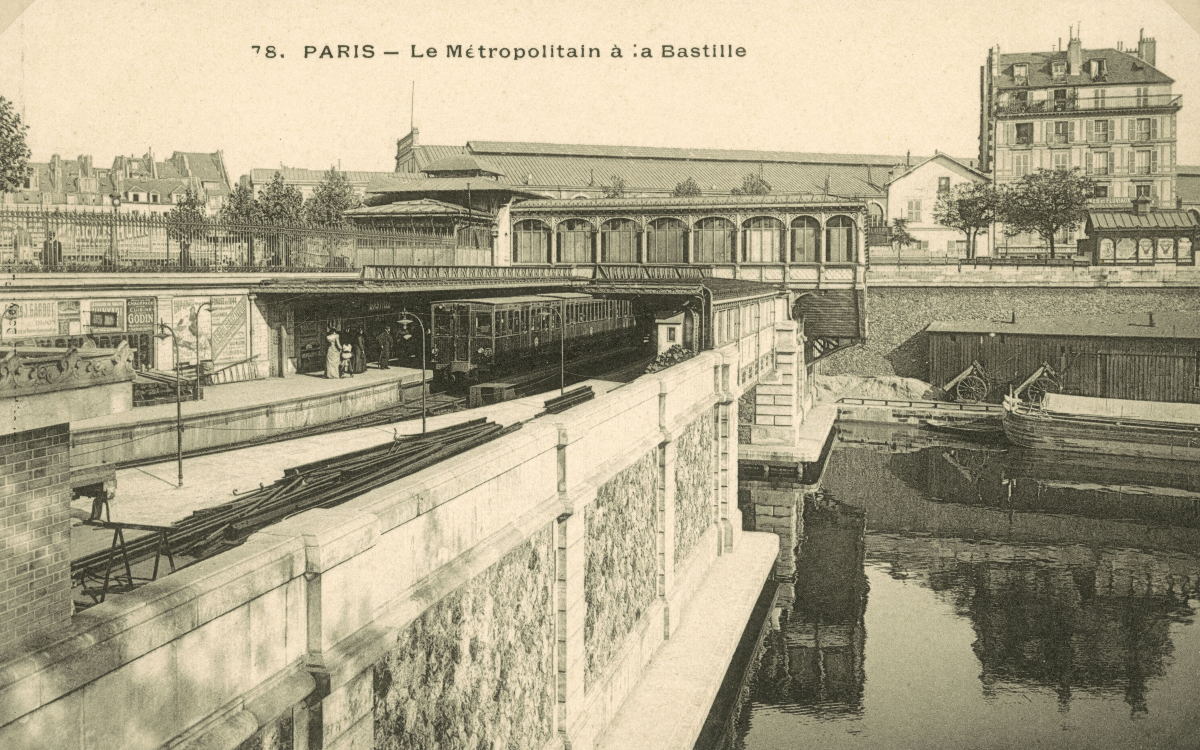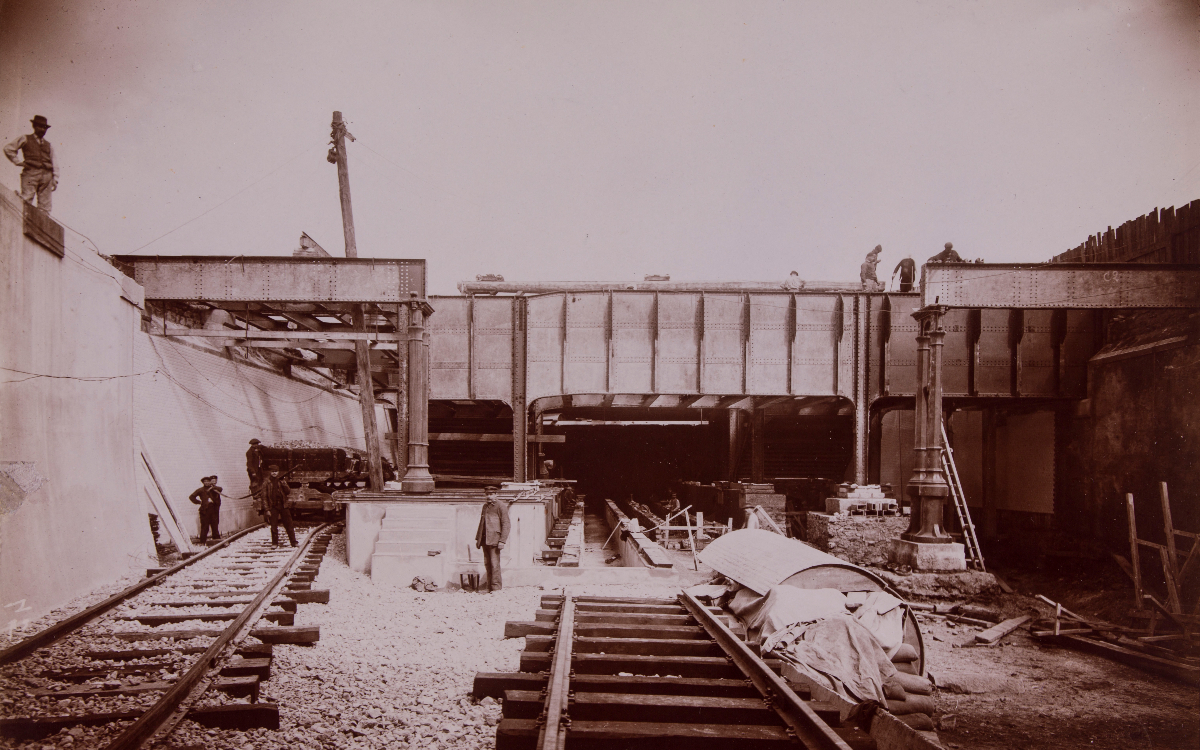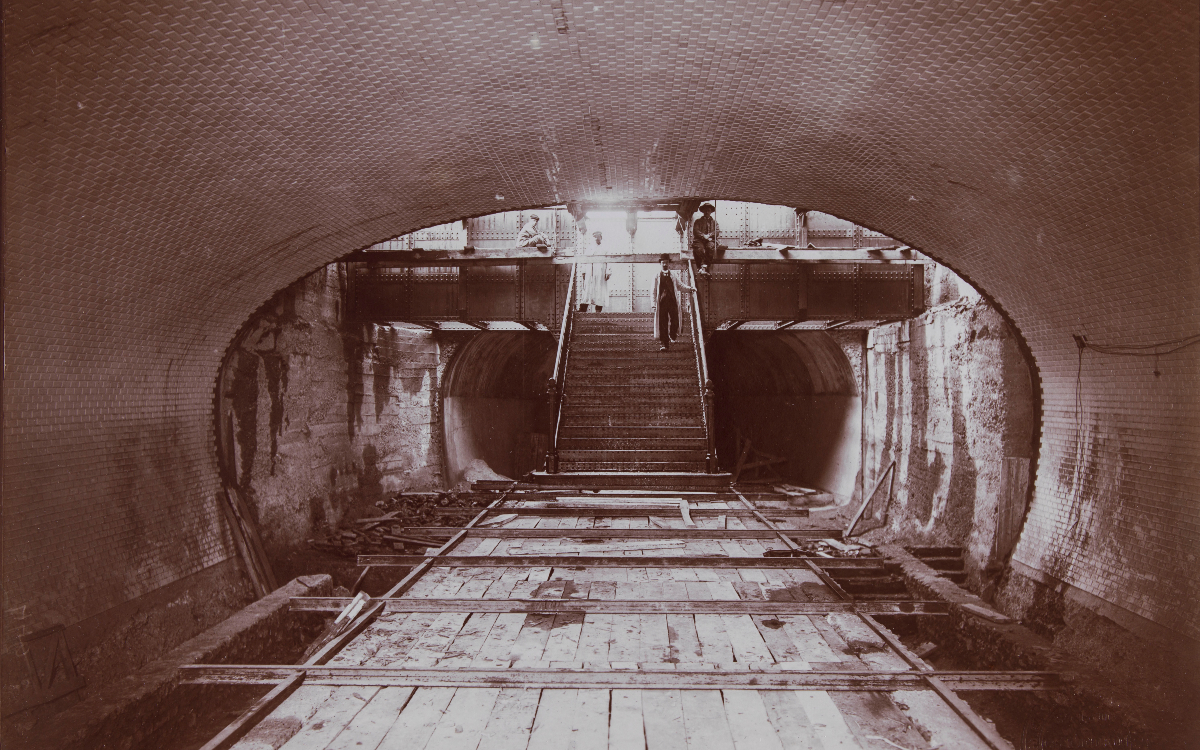From subways to airborne taxis, these innovations trace their beginnings back to the Olympic Games.
Everything you need to know about
Updated on 03/07/2024
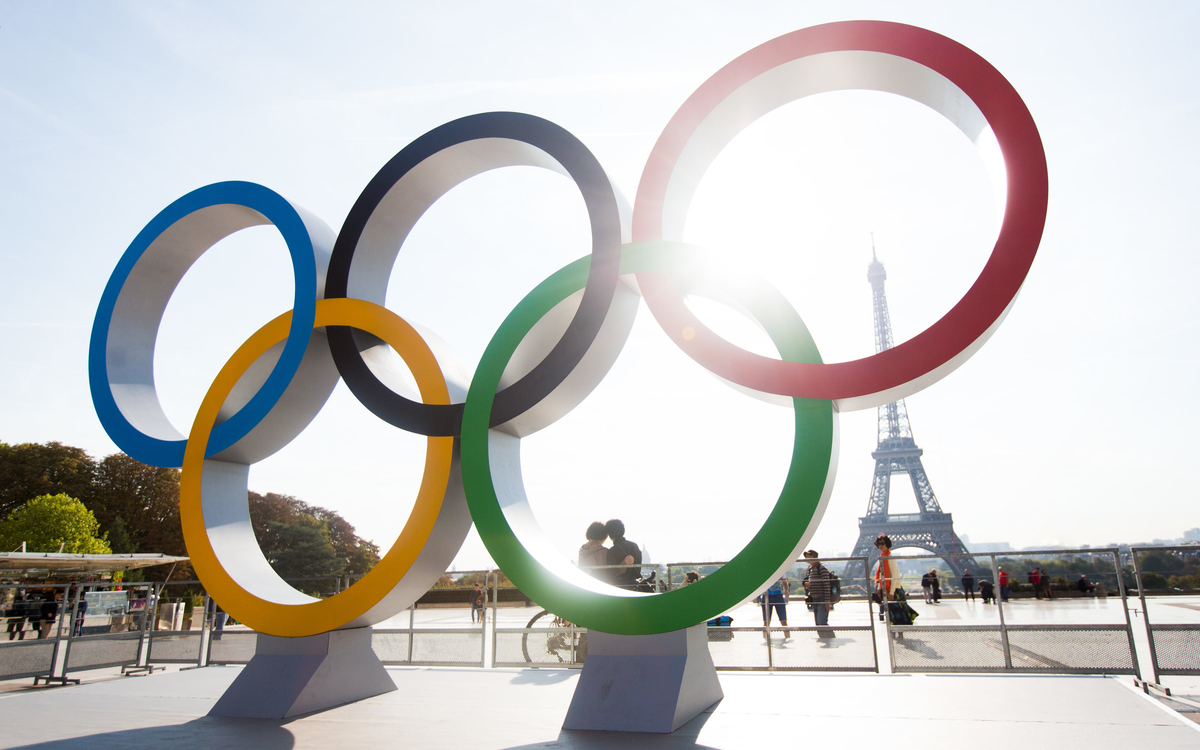
Content
The Olympic Games act as significant catalysts for innovations across various domains. From the inception of the Paris metro in 1900 to the anticipated flying taxis for the 2024 Games, and including the initial radio broadcasts in 1924, here's a look back at innovations that have altered the trajectory of history.
The Olympic Games, held every four years, serve as a platform to showcase and test technological innovations that eventually become widely accessible.
Who remembers that the Paris metro was inaugurated on the eve of the 1900 Games? Who knows that it was thanks to the 1964 Tokyo Games, where Seiko innovated in the art of timekeeping, that the Japanese brand was able to offer the first quartz watch? And in 2024, we are promised "flying cabs", hybrid machines between helicopter and drone, which will carry passengers between Charles de Gaulle airport, Paris and its suburbs. Hard to imagine, of course. But, after all, who would have thought it possible to listen to the 1924 Paris Games on the radio or, equally incredibly, to see the 1936 Berlin Games on television? But that's exactly what happened. A journey into the past… and the near future.
Paris finally has its own metro
The concept of a metro in Paris has been a topic of discussion in the capital since 1871. Over fifty proposals, with varying levels of detail, have been presented over time. However, none materialized due to the conflicting perspectives of the different stakeholders involved, including railway companies, the City of Paris, and the State.
Then, in a stroke of fortune in 1895, the upcoming 1900 Paris Universal Exhibition, which was to host the second Olympiad, catalyzed progress on the project. A resolution was made to construct an underground railway system inside the city limits, featuring a narrow gauge that precluded the use of standard trains, and to employ electric traction, all under the guidance of engineer Fulgence Bienvenüe.
Originally, the plan was for the network to consist of six lines. The inaugural line, known as "Line One," traversed Paris from west to east. It was launched on July 19th, 1900, connecting Porte Maillot and Bois de Vincennes, a location notable for hosting multiple Olympic Games. This line quickly became a tremendous success, attracting a large number of passengers due to its speed compared to other forms of surface transportation available at that time. Consequently, the frequency of the trains had to be increased, and the number of cars per train was expanded from three to eight.
By the end of December 1900, the new metro had already carried a total of four million passengers. This prompted work to begin rapidly on five other lines. The great adventure of the Paris metro was thus launched.
The magic of the airwaves
Following the First World War, with the advancement of radio broadcasting, the International Olympic Committee (IOC) initially hesitated to adopt this new medium, concerned that it might negatively impact ticket sales for events.
Nevertheless, 700 journalists covered the 1924 Paris Games. And, for the first time, some of the events were broadcast live on the radio, thanks to the introduction of "wireless telegraphy", the famous TSF. A famous reporter, Edmond Dehorter, climbed into a balloon flying over various event sites to comment on them via the TSF. Even better, on July 13th, 1924, a car with a transmitter on board followed the marathon race. A receiver was installed on the lawn of the Colombes stadium and connected to loudspeakers. In this way, for the first time, spectators could follow the entire 42.195 km race live.
Advancements in the realm of imagery were just as swift. The medium of cinema had already made its appearance at the 1912 Stockholm Games. However, it was not until several days post-event that the footage was exhibited in movie theaters.
Sound and vision
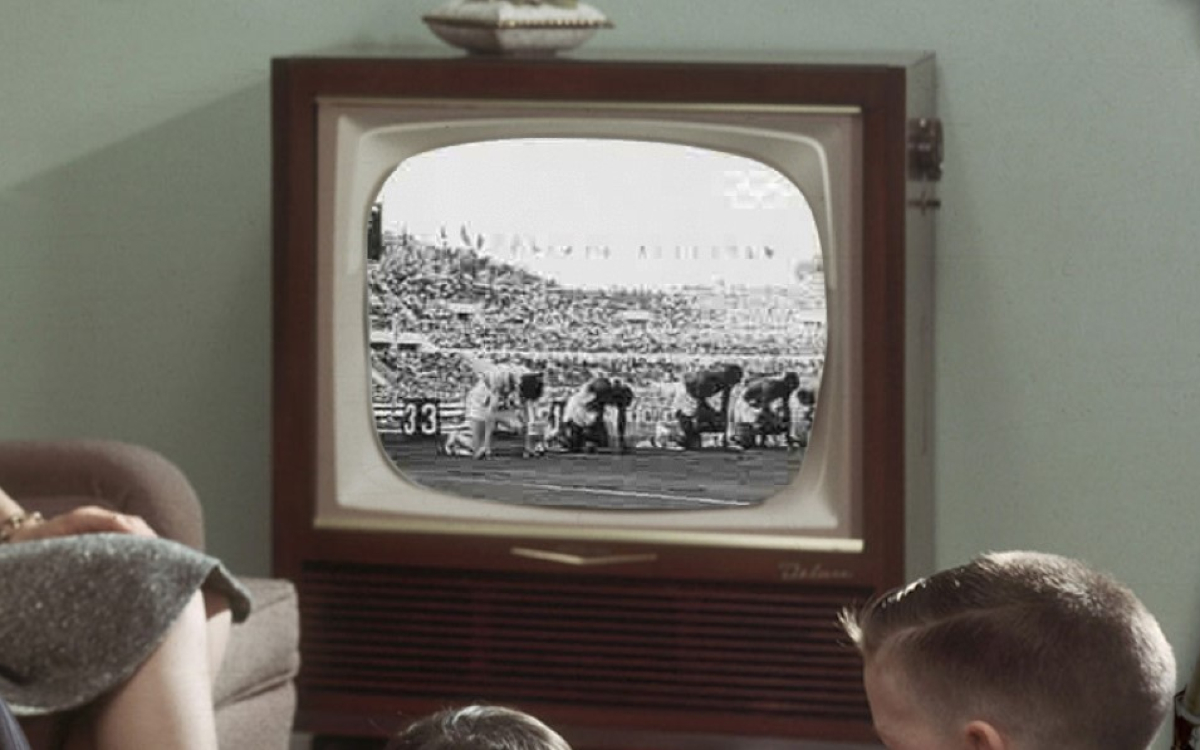
Olympic TV Post.
Crédit photo :
DR
The true technological revolution occurred during the ominous Berlin Games in 1936 with the emergence of television. Since the early 1920s, the English, French, and Germans had been vying to develop what was not yet widely known as the televisions. By the mid-1930s, there were approximately 2,000 global receivers.
In their propaganda drive, the Nazis struck a blow at "their" Games in August 1936. Due to a process pioneered by Telefunken, the opening ceremony became the first significant event to be transmitted live on television. Of course, there were very few televisions, but the Nazis installed twenty-five large screens in and around Berlin, enabling over 160,000 people to enjoy the spectacle. Every day, competitions at four different sites were broadcast live for eight hours. A technological leap forward, but one that still only reached a limited audience.
It wasn't until the 1948 London Games that we witnessed the early stages of democratization, aided by the promotion of a compact television set known as the "Olympic". This enabled 60,000 households to follow the events broadcast by the BBC. For the first time, the channel was required to pay broadcasting rights, an obligation now laid down in article 49 of the Olympic Charter.
The history of the Games and television can be traced back to the Olympic motto: "Faster, higher, stronger". In a pioneering move, the 1960 Rome Games were televised across Europe, and this was followed by the Tokyo Games in 1964, which were broadcast worldwide. It was also at the Tokyo Games that color broadcasting made its debut, before being fully generalized for the Winter Games in Grenoble in 1968 and the Summer Games in Munich in 1972. Since then, retransmission technology has continued to improve.
The art of keeping time

Key dates in Seiko's history.
Crédit photo :
Seiko
The Swiss brand Longines developed a manual chronometer at the first modern Olympic Games in Athens in 1896, which became the official time-measuring instrument. During the 20th century, precision in measurements advanced significantly, owing to innovations from brands like Omega and Longines. Especially as the good old manual stopwatch became obsolete when athletes had to be separated by a few hundredths or even thousandths of a second. The 1964 Tokyo Olympics marked the debut of electronics and computers for recording statistics and times, as well as their display on television screens.
Seiko, the renowned Japanese brand and the official timekeeper of the Games, innovated by linking the starting pistol of the running events to a quartz clock and a photo finish camera, enabling the measurement of time to the nearest hundredth of a second.
Five years following the Games, Seiko introduced the world's first quartz wristwatch, which was directly influenced by the technology utilized in Tokyo.
Flying cabs?

Volocopter presents its flying cab, VoloCity.
Crédit photo :
Volocopter
When reality nearly mirrors fiction: flying taxis from Roissy-Charles de Gaulle airport to Paris for the 2024 Games? This is the remarkable initiative that the ADP Group, the operator of Parisian airports, plans to introduce.
Developed by Volocopter and currently undergoing tests at Pontoise airfield, this drone-helicopter hybrid could soon offer a service transporting select passengers within minutes between Roissy-Charles de Gaulle, Le Bourget, and the capital. A specialized "vertiport" barge is planned for installation on the Quai d'Austerlitz to facilitate this, along with several points in the Paris region such as Issy-Les-Moulineaux and Saint-Cyr-l'École. The aircraft would operate at altitudes ranging from 120 to 300 meters.
However, in September 2023, the French Environmental Authority (Autorité environnementale), an independent body with an advisory role, expressed various reservations about the use of this new mode of transport. It would be too noisy to fly over Paris and would consume too much electricity, especially as it can only carry one passenger (in addition to the pilot).
Consultations are set to proceed, including a public inquiry at the end of 2023. Subsequently, in the first quarter of 2024, the Ministry of Transport and the Civil Aviation Authority will make the final decision on whether to authorize ADP's commercial innovation. This innovation is anticipated to become increasingly accessible with the introduction of flying cabs that can transport three or four passengers, expected around 2026/27.
We want to hear from you!
Was this information useful to you?
Please note: we cannot reply via this form (please do not include any personal information).


